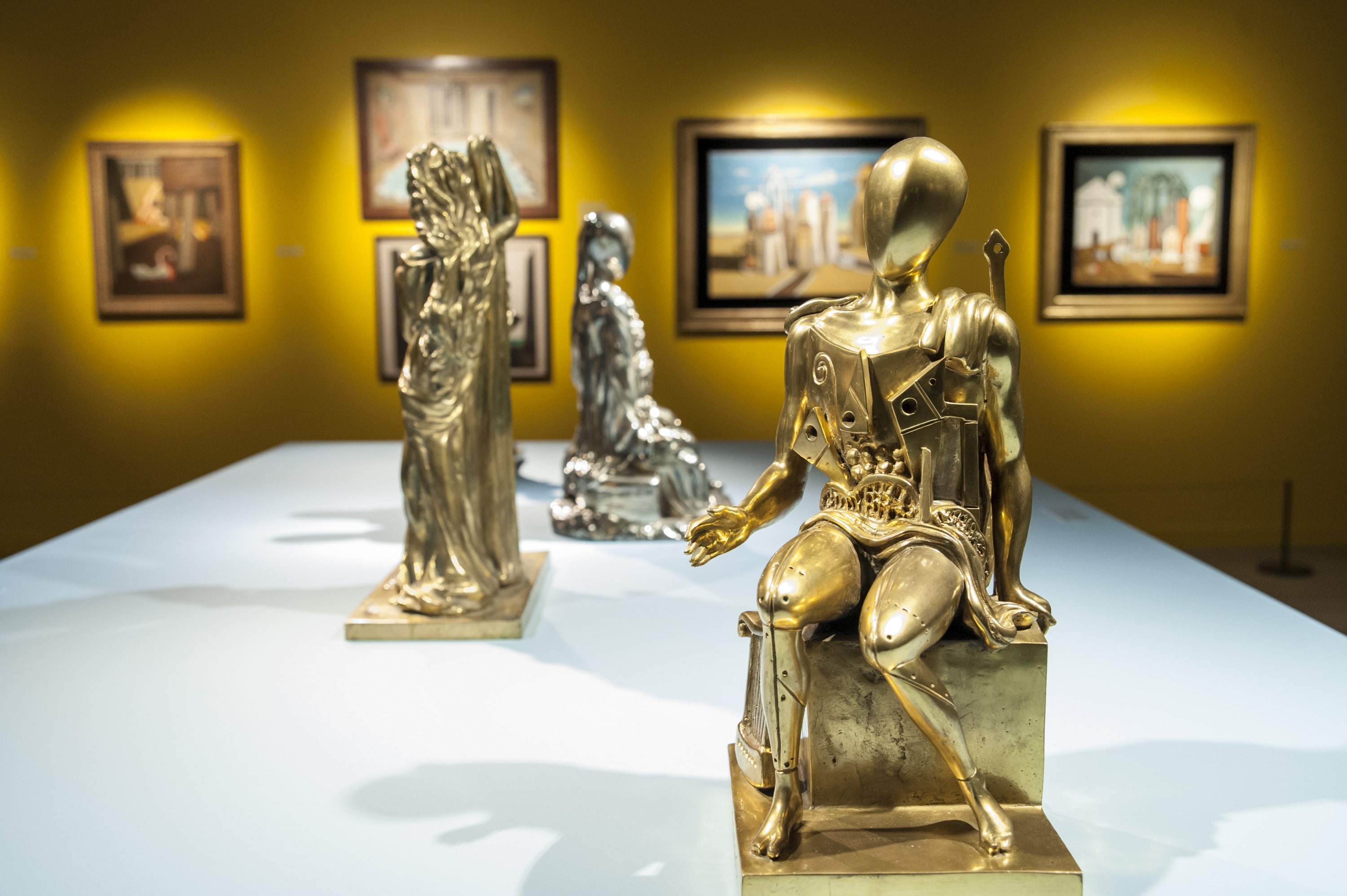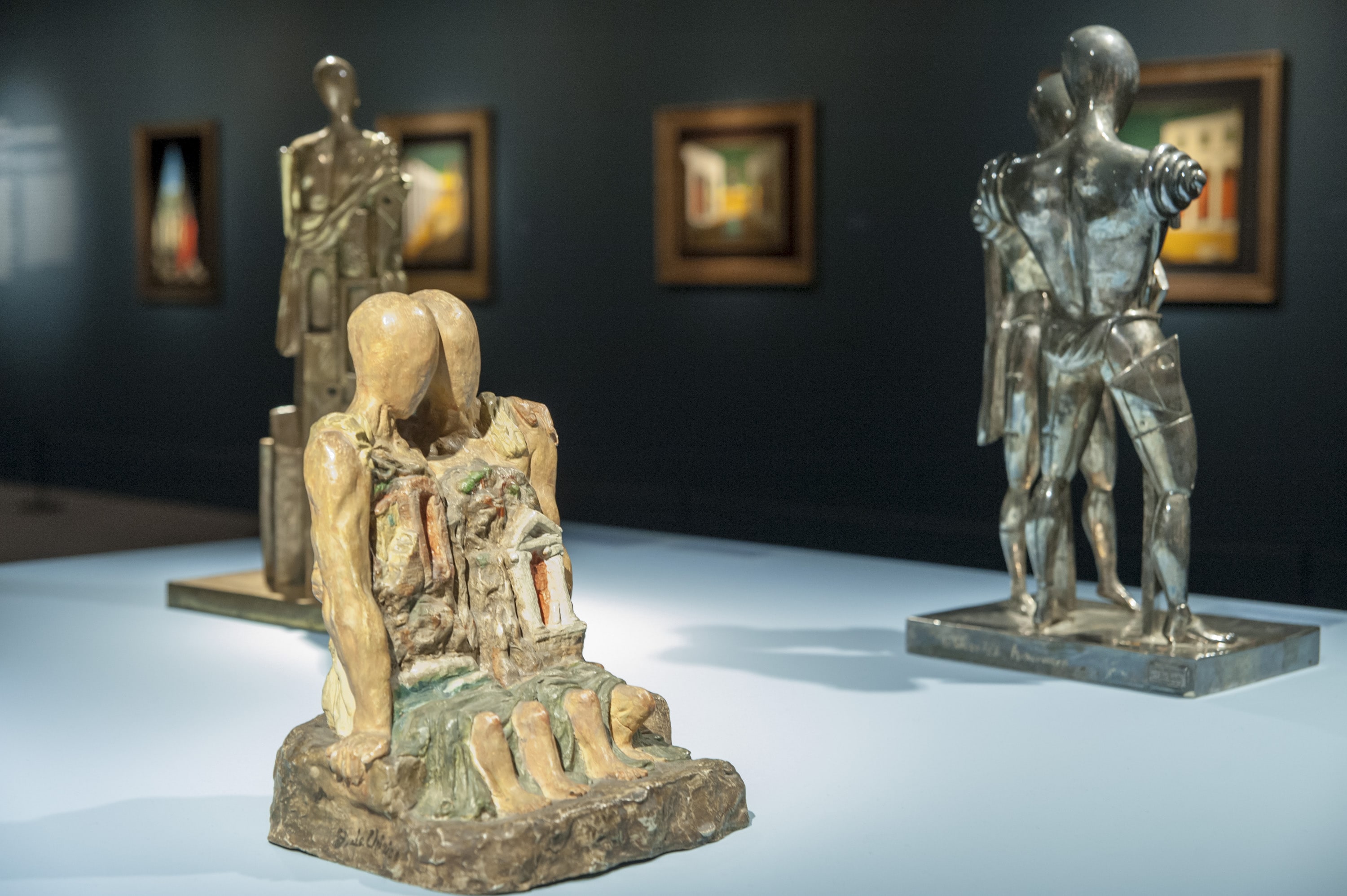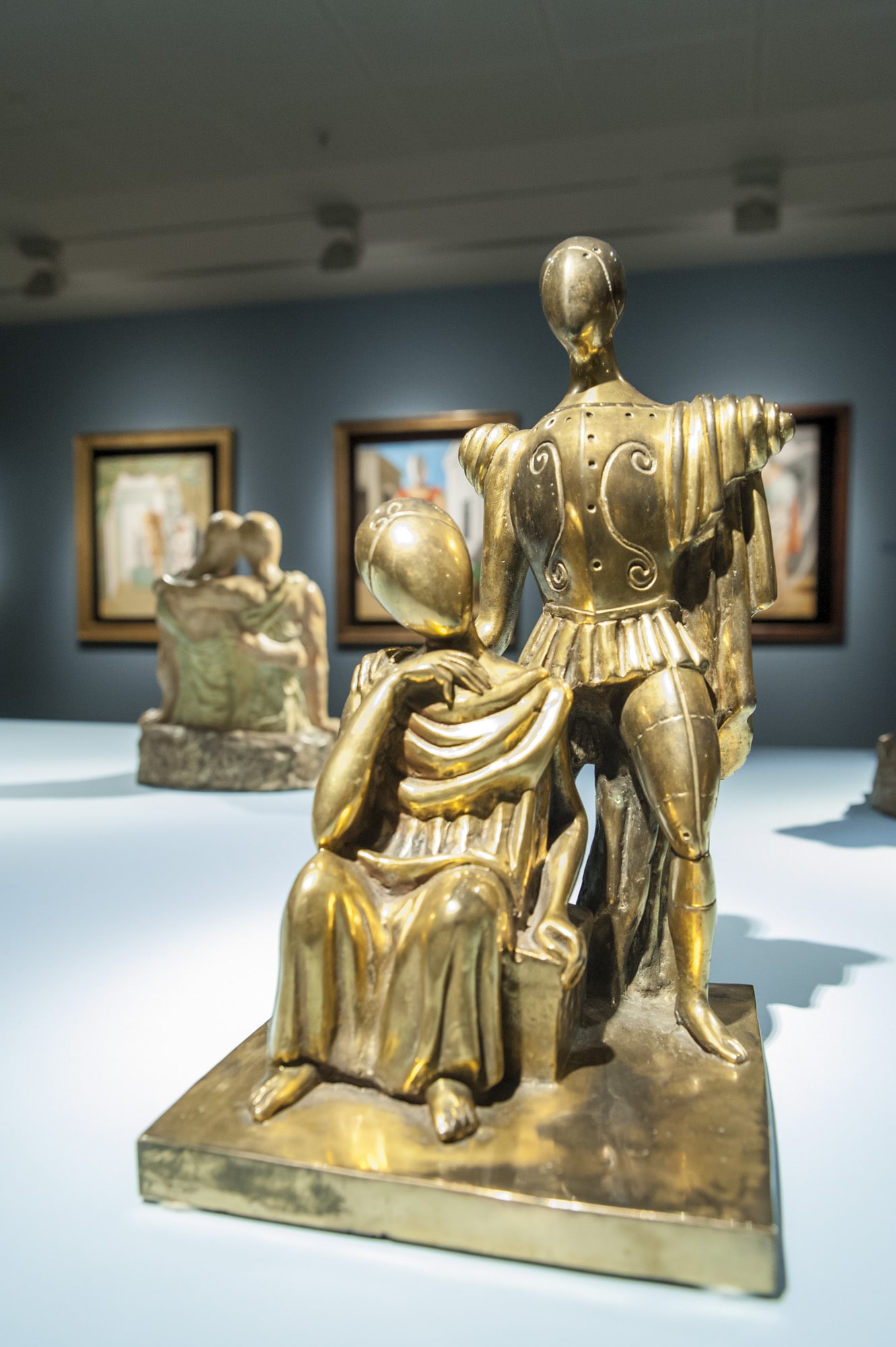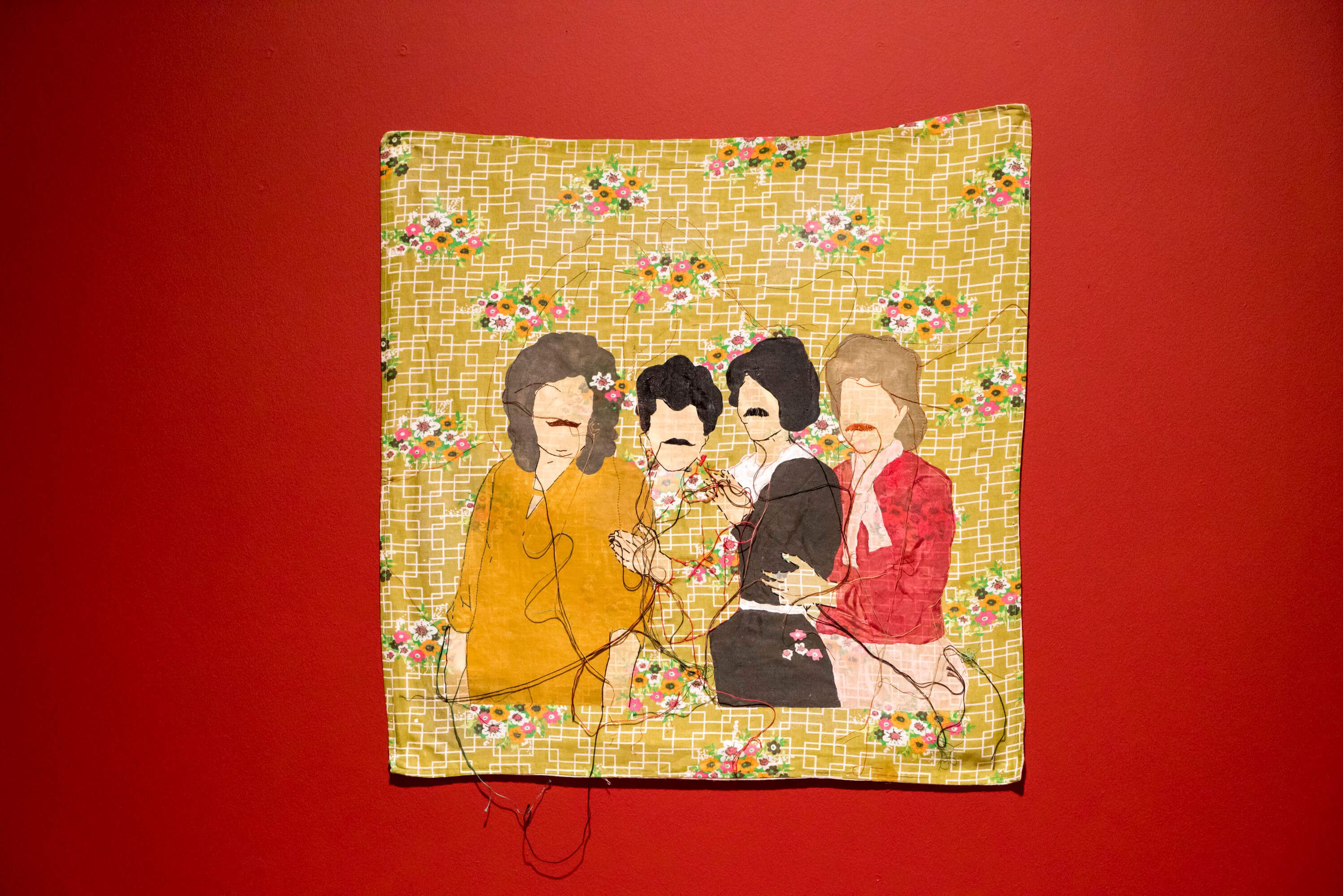25 April 2016
Pera Museum is proud to present an exhibition of Giorgio de Chirico, a pioneer of the metaphysical art movement and one of the most extraordinary artists of the 20th century. Brought to life in collaboration with the Fondazione Giorgio e Isa de Chirico in Rome, the exhibition comprises a broad selection of 70 paintings, 2 lithography series, and 10 sculptures. Take a look at the fascinating sculptures from the exhibition!

Orpheus, 1970, gold patinated bronze, 45 x 19 x 22,5 cm. Fondazione Giorgio e Isa de Chirico Collection, Rome
De Chirico’s working relationship with sculpture occurred relatively late in his career. It was in 1940, at the age of 52, and in the midst of World War II, that he started to produce terracotta sculptures of choice protagonists of his artistic repertoire, including Ariadne, Rider on his Horse, and The Archaeologists.

The Archaeologists, 1940, Polychrome terracotta, 28 x 22 x 23 cm. Fondazione Giorgio e Isa de Chirico Collection, Rome
For the artist, “If a sculpture is hard, it is not sculpture. Sculpture must be soft and warm; as such, it will not only have all of painting’s softness, but all of its colour too. A beautiful sculpture is always painterly”.

The Sibyls, 1970, gold patinated bronze, 54 x 18 x 38,5 cm. Fondazione Giorgio e Isa de Chirico Collection, Rome
De Chirico manages to make them appear more real, breathing life, with almost Pygmalionesque skill, into their inanimate terracotta bodies. These initial dealings with sculpture were short-lived and it was not until 1968, at the age of 80, that he took sculpture up again, choosing to cast his earlier terracotta works into bronze as well as expand his sculptural repertoire with figures like The Consoler and Hector and Andromache.

The Consoler, 1970,
Silver patinated bronze, 34 x 19 x 19,5 cm.
Fondazione Giorgio e Isa de Chirico Collection, Rome
Highlighting his various periods with examples from his earliest works to last ones, Giorgio de Chirico: The Enigma of the World exhibition took place at the Pera Museum between 24 February - 08 May 2016.

About a year ago, Ela was dead for seven minutes. Death had come to her as she was watching her younger brother play gleefully in the sandpit at the park. A sudden flash that washed her world with a burning white light, a merciless roar resembling that of a monster…

Pera Museum, in collaboration with Istanbul Foundation for Culture and Arts (İKSV), is one of the main venues for this year’s 15th Istanbul Biennial from 16 September to 12 November 2017. Through the biennial, we will be sharing detailed information about the artists and the artworks.
Tuesday - Saturday 10:00 - 19:00
Friday 10:00 - 22:00
Sunday 12:00 - 18:00
The museum is closed on Mondays.
On Wednesdays, the students can
visit the museum free of admission.
Full ticket: 300 TL
Discounted: 150 TL
Groups: 200 TL (minimum 10 people)